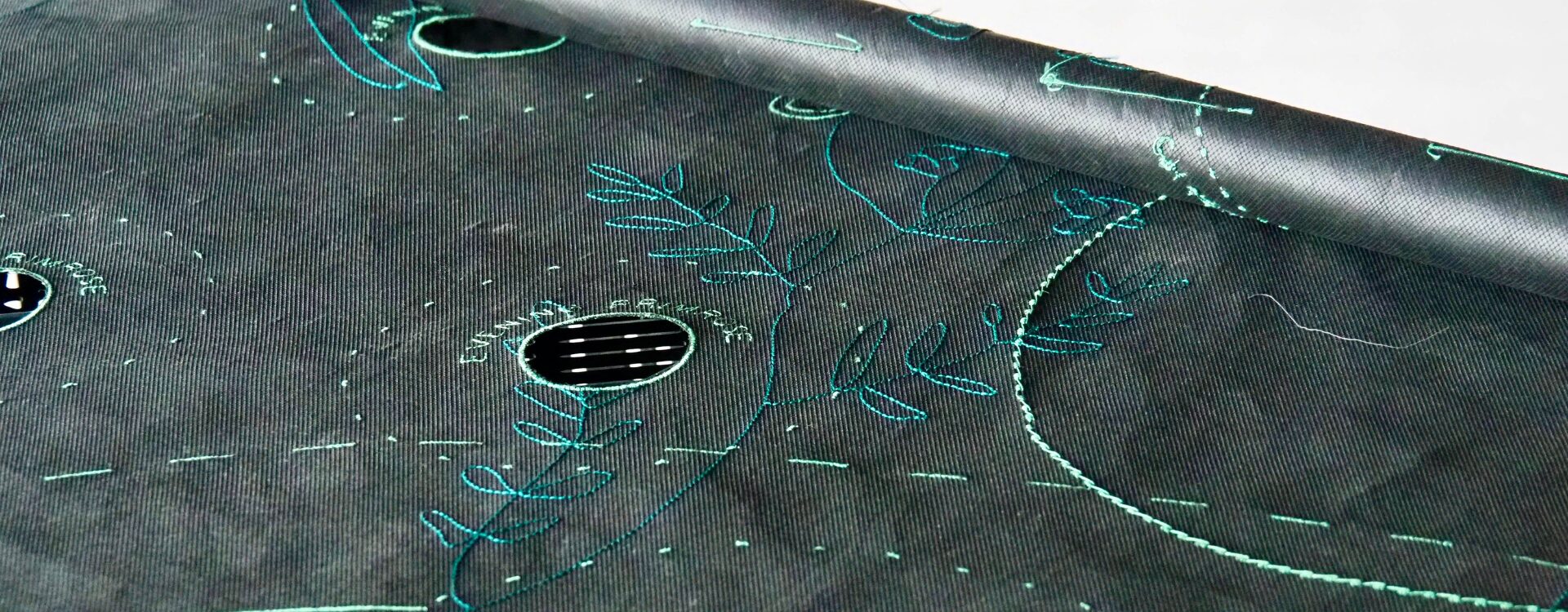A Contaminated Garden of Our Own is an act of speculative sowing—a messy, intentional reweaving of kinship between bodies, plants, and polluted lands.
Rooted in the entangled histories of herbalism and ecofeminism, this project inhabits the ambiguity of remedies and poisons in a post-natural world. It is a garden of repair, where the toxic legacies of industry meet the resilience of seeds and the wisdom of bodies long attuned to the earth.
On contaminated land, medicinal herbs are planted—not to harvest but to learn. These become both remedy and risk, their leaves laced with the pollutants of their environment. Here, the garden resists purity. It becomes a space of ambiguous alliances, asking: Can we hold both cure and poison in the same hand? Can we make kin with what has been contaminated?
A Contaminated Garden of Our Own is a practice of staying with the trouble, of confronting how pollutants seep into soil and bodies alike, disrupting hormonal systems and challenging the boundaries of what we call health. A Contaminated Garden resists the devaluation of plant knowledge passed down through generations of women. It reclaims the act of planting as an act of defiance and care in the face of industrial ruin.
Participants are invited to sow seeds of medicinal allies, co-creating a garden that thrives in the paradox of contamination. Through scents, images, and stories, the project cultivates a multisensory kinship with the soil, the plants, and the human and more-than-human bodies shaped by their entanglement. This is a speculative commons, where knowledge is revived and shared, and repair is imagined not as purification but as a renegotiation of relationships.
The garden teaches us that kinship is not about pristine connections but about inhabiting complexity—embracing a world where remedies and poisons coexist, and repair is an ongoing, imperfect practice.
IN COLLABORATION WITH
Frank de Wind, TextielLab, Tilburg (NL)
